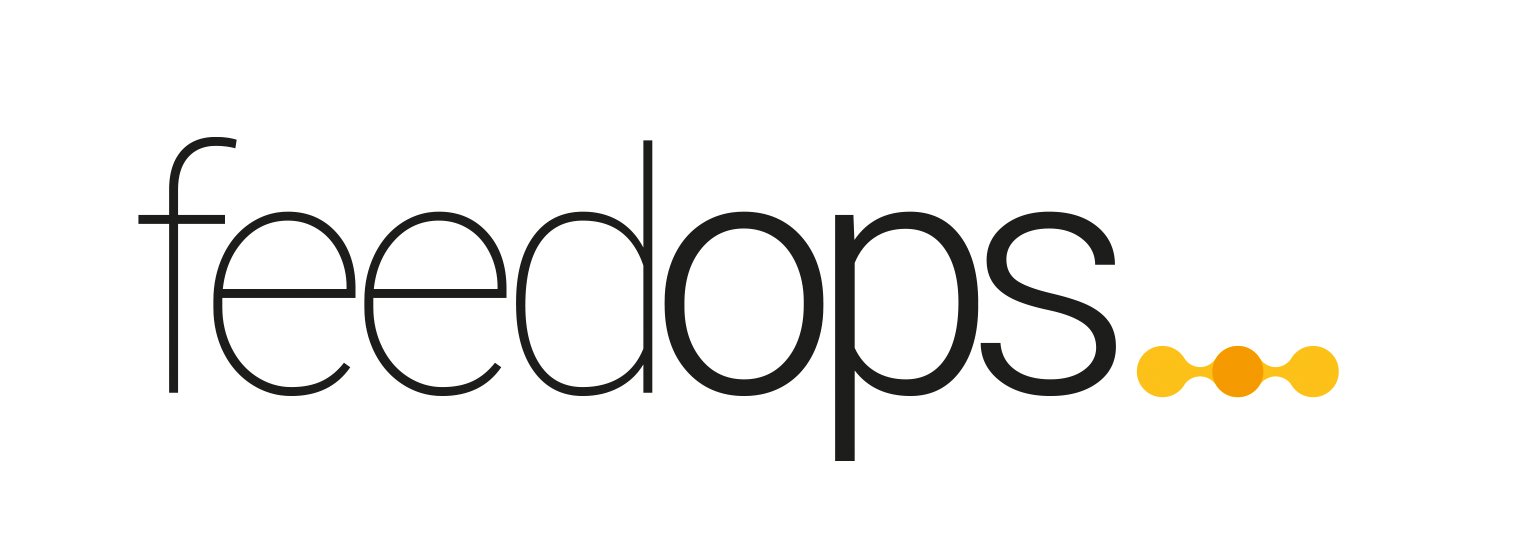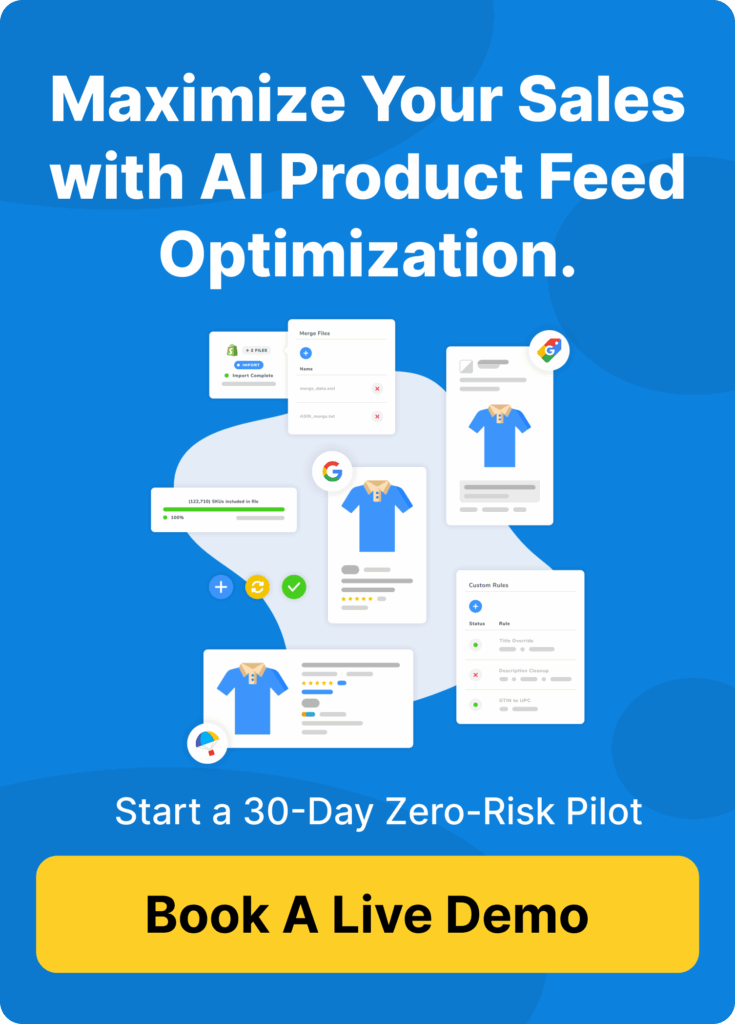Google Search campaigns are not new, theyâve been helping businesses advertise for over 20 years and change, here is how to set up Google Search campaigns.
Whether it be through ad formats, single keyword ad groups, bidding strategies or campaign structures, you need to adapt to reach your target audience. In order to optimize your search ads for lower CPCs, higher impression share and increased revenue, you need to make sure your set up Google Search campaigns with the user, and Google, in mind.
Set Up Google Search Campaigns for Success
The overarching reason you make any change to your online advertising is to improve overall revenue. Itâs important to have an effective strategy that adapts with Google so your search ads are working for your business needs and improving your overall revenue. Rebuilding your campaigns is necessary from time to time. Rebuilding with the campaign structure below will help generate the most revenue from your Google Search ads.
What should the goal of my Google Search campaigns be?
As mentioned above, your goal should always be revenue. Thatâs not to say the return on your ad spend (ROAS) or the cost per conversion or lead (CPA) arenât important metrics; theyâre simply KPIs. They are a useful way to determine how effective your Google Search ads are towards achieving your revenue goal. However, making ROAS or CPA your goal will restrict your opportunity for growth. There may be opportunities to increase your overall revenue at a reduced ROAS or CPA target; these must not be missed.
For more information on why revenue should be the only goal of your advertising please read our blog on the subject.
How should I measure campaign efficiency if not ROAS or CPA?
The most tangible action you can take to improve revenue is to optimize your ad quality. If your ad quality is high and your budget and bid strategy is correct, you will give yourself the best opportunity to get relevant clicks, generate conversions and increase your revenue. You can see Ad Quality score at a keyword level in Google Ads.
What is ad quality score?
The quality of your ads will help determine how much you pay per click, when and how often your ads appear, and your ad rank and position. Your ad quality is made up of three important metrics; ad and keyword relevance, landing page experience and expected click through rate.
- This metric looks at how well your ad relates to your keyword and corresponding search term.
- Your landing page experience is how well your landing page meets the need of the consumer that clicked your ad. This may be based upon the use of the search query and keyword on your landing page. You should also consider bounce rate and even site speed.
- Expected click through rate compares how often people click on your ads to how often they should be expected to, based on their search term. This could be affected by your ad text, sitelink extensions, USPs and more.
How to optimize Google Search campaign structures
To improve your ad quality score, reduce your CPCs and optimize your Google Search campaigns, you need to consider your campaign structure . Letâs look at Ad Relevance and Expected CTR%. when you set up Google Search Campaigns.
Improving Ad Relevance
To improve ad relevance on your focus keywords you need to split them into single keyword ad groups. A single keyword ad group is exactly as it sounds; within your campaign, ensure you have a separate ad group for every keyword you are targeting. The ads showing within the ad group will always be relevant to the search terms matching to your respective keyword; taking ad relevance out of the equation. Then, split those ad groups in to Exact match and Broad match keyword campaigns.
Exact match keywords â [keyword]
Create exact match keywords for every page that you want to direct traffic to. If you have it, consider historical data to see which of your keywords were resulting in conversions. You can also conduct keyword research to find out what people are searching for around your target product or service. Set these keywords up as âexact match single keyword ad groupsâ and ensure your ads within the group contain that keyword.
Broad match modified keywords â +keyword
For prospecting keywords, where youâre targeting broader search terms, create âbroad match modified single keyword ad groupsâ. Ad relevance is a little trickier to maintain for these keywords as the broader parameters may pick up irrelevant searches. In order to optimize ad relevance for these keywords, regularly check your search terms and add any irrelevant queries as negative keywords.
If you start seeing conversions on a particular broad match keyword, consider adding that keyword as an exact match single keyword ad group. Once again taking ad relevance out of the equation.
Splitting up Exact Match keywords and Broad Match keywords allows you to set different bid strategies and budgets to ads with different relevancy scores. If the performance is there, it makes sense to use more aggressive bid strategies and larger budgets on Exact Match keyword ads where the relevancy scores are higher.
Improving expected click-through-rate
Expected click-through-rate (Exp. CTR%) is probably the most difficult metric to optimize. You can get a high ad relevance and landing page score by getting the basics right. Exp. CTR% requires you to create ad copy and extensions that encourage a user to click your ad.
Ad copy
The simplest way you can encourage a click is to first ensure that your ad copy is relevant to the search term. Not only does this help your ad relevance but also your Exp. CTR%. You then need to consider what a user might be looking for when they see your ad.
If youâre price competitive, include your price in your ad. If you have competitive USPs such as free shipping or free returns, look to include that in your copy.
Also remember to include sitelink extensions, callout extensions, promotion extensions and structured snippets that show a consumer what they can get from your store.
Ad formats
To find out what ad copy is working and driving your revenue try experimenting with ad formats and then optimizing to the data. We recommend that you create two or three expanded text ads and one responsive search ad for every keyword.
The two expanded text ads would include your keyword and different USPs (such as price, free shipping and % saved) as headlines, to see which one consumers respond to. Optimize by changing poor performing ad copy.
Responsive search ads allow you to create up to 15 headlines and 4 descriptions. Google will then test combinations of your headlines and descriptions and pick the best performing ones. Include your keyword and enticing USPs to make sure youâre giving Google the best opportunity to pick a winning combo.
How We Can Help Your Google Search Campaigns
Doing this for a handful of keywords should be relatively simple. Doing this for websites with 1000s of keywords and a changing inventory every day? Well itâs just about impossible. Thatâs where Dynamic Creative can help;
- Youâll get single keyword ad groups and expanded search ads for every landing page on your website. This will improve ad relevance and landing page experience
- We can automate ad copy to create expanded text ads with relevant keywords and product or service prices.
- Weâll manage the ongoing optimization of the ad copy to improve expected CTR% at a large scale
- We will expand appropriate search terms to exact match keyword ad groups when necessary
- Your keywords will be optimized to have the highest possible quality score, lowering the cost per click and cost per conversion and improving your revenue for your budget
â


